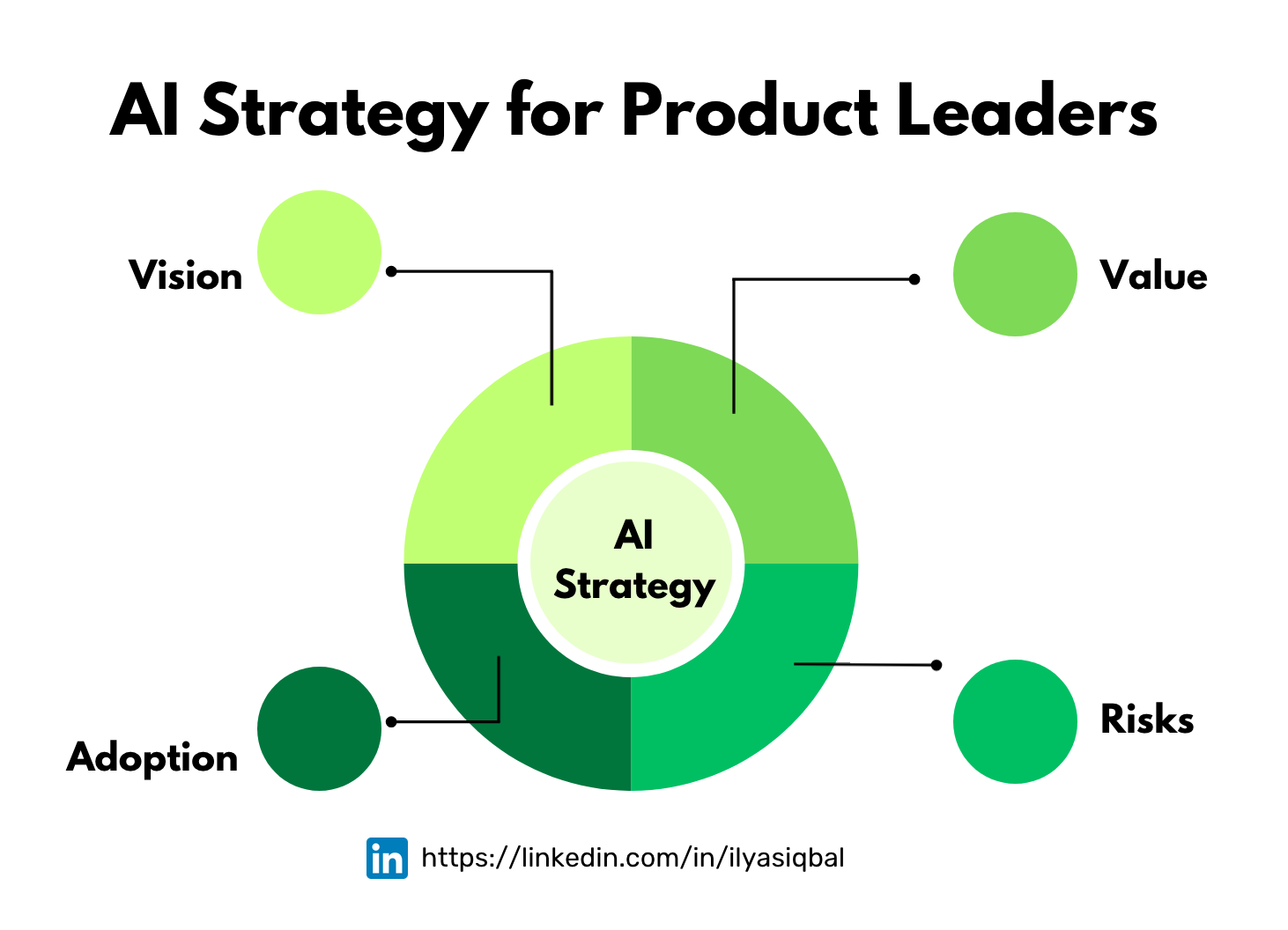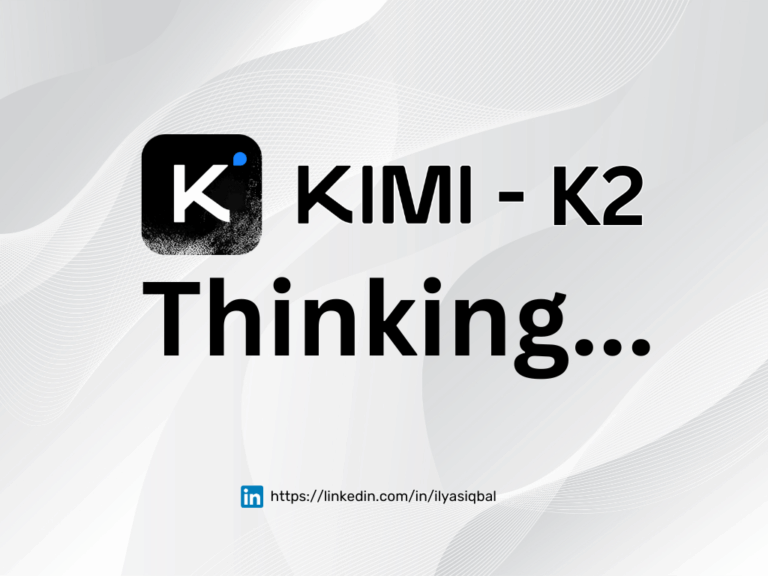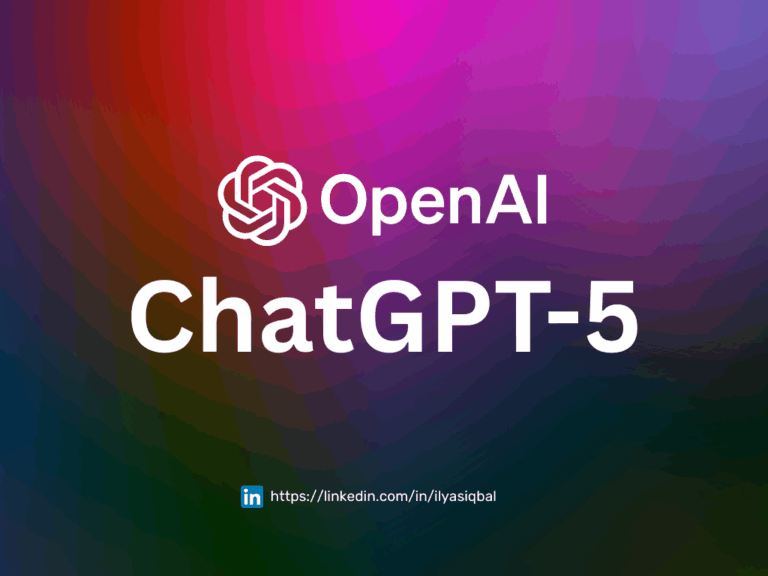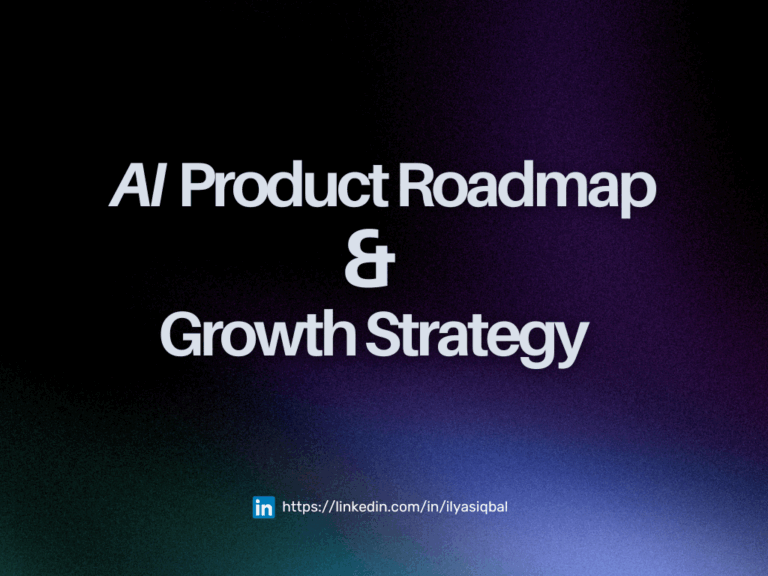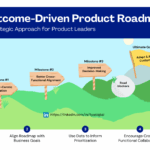In today’s fast-evolving digital landscape, building and adapting AI strategy is no longer optional—it’s a competitive necessity. Chief Product Officers (CPOs), VPs of Product, Product Directors, and Product Managers (PMs) must integrate artificial intelligence (AI) and machine learning (ML) into their product roadmaps to stay ahead. Companies that fail to adopt AI risk falling behind competitors who use data-driven insights to enhance user experiences, automate workflows, and innovate faster.
This article explores how product leaders can craft a winning AI-driven product strategy, optimize user experiences, and build scalable, future-proof products which will grow. We’ll break down key AI applications, best practices, and ethical considerations to help product teams harness AI’s full potential.
What is an AI Strategy?
An AI strategy is a structured plan that defines how a company leverages artificial intelligence to achieve business goals. It’s not just about implementing AI tools—it’s about aligning AI initiatives with core product and business objectives. A strong AI strategy should involve:
- Identifying high-impact AI use cases (e.g., personalization, automation, predictive analytics)
- Aligning AI initiatives with business objectives (revenue growth, cost efficiency, customer retention)
- Building the right tech stack (cloud AI, NLP, computer vision, generative AI)
- Ensuring ethical AI adoption (bias mitigation, transparency, regulatory compliance)
For product leaders, an AI strategy ensures that AI adoption is purposeful, measurable, and scalable. Without a clear plan, AI projects can become fragmented, leading to wasted resources and missed opportunities. A well-defined AI strategy helps product teams enhance decision-making, automate workflows, and deliver hyper-personalized user experiences —key drivers of product success in the digital age.
Microsoft has also produced an AI strategy for Azure cloud
How Product Leaders Can Leverage AI for Futuristic Products
1. Enhance Product Discovery with AI-Powered Insights
Before building a product, teams must deeply understand customer pain points and market trends. To start that, engage with users who are already using your product, conduct interviews and surveys to execute that. AI can supercharge this process by analyzing vast datasets faster than humans ever could.
- Use predictive analytics to identify emerging customer needs before they become mainstream. AI models can detect behavioral patterns, forecast demand, and highlight underserved market segments.
- Leverage AI-driven market research tools like sentiment analysis to gauge customer emotions from reviews, social media, and surveys. This helps refine product positioning and messaging.
- Implement AI-powered A/B testing to rapidly experiment with different features, pricing models, and UX designs. AI can automatically optimize tests for statistical significance, reducing time-to-insight.
Also read: Applying Design Thinking to build innovative Cloud based AI Products
2. Personalize User Experiences at Scale
Today’s consumers expect tailored experiences—AI makes it possible to deliver personalization efficiently. First thing is knowing but the important part is how would implement that. Here we are sharing some of the solutions which are already implemented at big companies and they are making $millions:
- Deploy recommendation engines (like those used by Netflix or Amazon) to suggest relevant content, products, or features based on user behavior.
- Use natural language processing (NLP) to power chatbots, voice assistants, and smart search functions that understand user intent.
- Apply behavioral AI to dynamically adjust in-app experiences. For example, a fitness app might modify workout plans in real-time based on a user’s performance data.
Personalization drives engagement, retention, and revenue—AI ensures it’s done at scale without manual effort.
3. Automate & Optimize Product Operations
AI isn’t just for customer-facing features—it can streamline internal workflows, making product teams more efficient. Do a proper research of which tools and technologies could be best-fit with your needs and customers. Don’t just ride the same bandwagon to just be included. There are amazing AI tools which help building automation and workflows.
- Implement AI-driven automation for repetitive tasks like customer support ticket routing, QA testing, and data entry. This frees up teams to focus on high-impact work.
- Use AI-powered analytics dashboards that surface real-time insights, such as feature adoption rates or churn risks, enabling faster decision-making.
- Apply generative AI (like ChatGPT) to accelerate content creation, prototype drafting, and even code generation, speeding up development cycles.
Automation reduces operational costs while improving speed and accuracy—key for agile product development.
4. Build Smarter, Adaptive Products
The next generation of products will be “living” systems that evolve based on user interactions. Now, this is is my personal favorite. I’m also learning that how a system should be on a self-learning mode at all times and adapt accordingly. But there are others who are kinda doing that:
- Integrate computer vision for visual search (e.g., Pinterest Lens) or augmented reality (AR) features in retail apps.
- Use reinforcement learning to create self-improving systems—think of apps that optimize their own algorithms based on user feedback.
- Develop AI-augmented features like smart fraud detection in fintech apps or predictive maintenance in IoT devices.
These innovations make products more intuitive, efficient, and future-ready.
Also read: Designing High-Performance Product Strategy: A Leader’s Perspective
5. Ensure Ethical & Responsible AI Adoption
AI’s power comes with responsibility—product leaders must prioritize fairness and transparency. I always emphasise my customers to focus on the compliance that wins the users trust. Especially with AI compliance such as GDPR would be of highest importance:
- Mitigate bias by using diverse training datasets and regularly auditing AI models for skewed outcomes.
- Prioritize explainable AI (XAI) so users and stakeholders understand how AI-driven decisions are made.
- Stay compliant with AI regulations (GDPR, AI Act) to avoid legal risks and maintain consumer trust.
Ethical AI isn’t just good practice—it’s a competitive differentiator that builds long-term customer loyalty.
Key Takeaways for AI-Driven Product Leadership
- Start with a clear AI vision —align AI projects with business KPIs.
- Focus on high-impact use cases —automation, personalization, predictive analytics.
- Invest in the right AI tools —cloud AI, NLP, generative AI.
- Prioritize ethics & compliance —build trust with transparent AI.
By embedding AI strategy into product development, leaders can future-proof their products , drive innovation, and deliver unmatched customer value.
Finally, the future belongs to product leaders who embrace AI as a core strategic lever . Are you ready to transform your product roadmap with AI?
Also read: Outcome-Driven Product Roadmap: A Strategic Approach for Product Leaders

